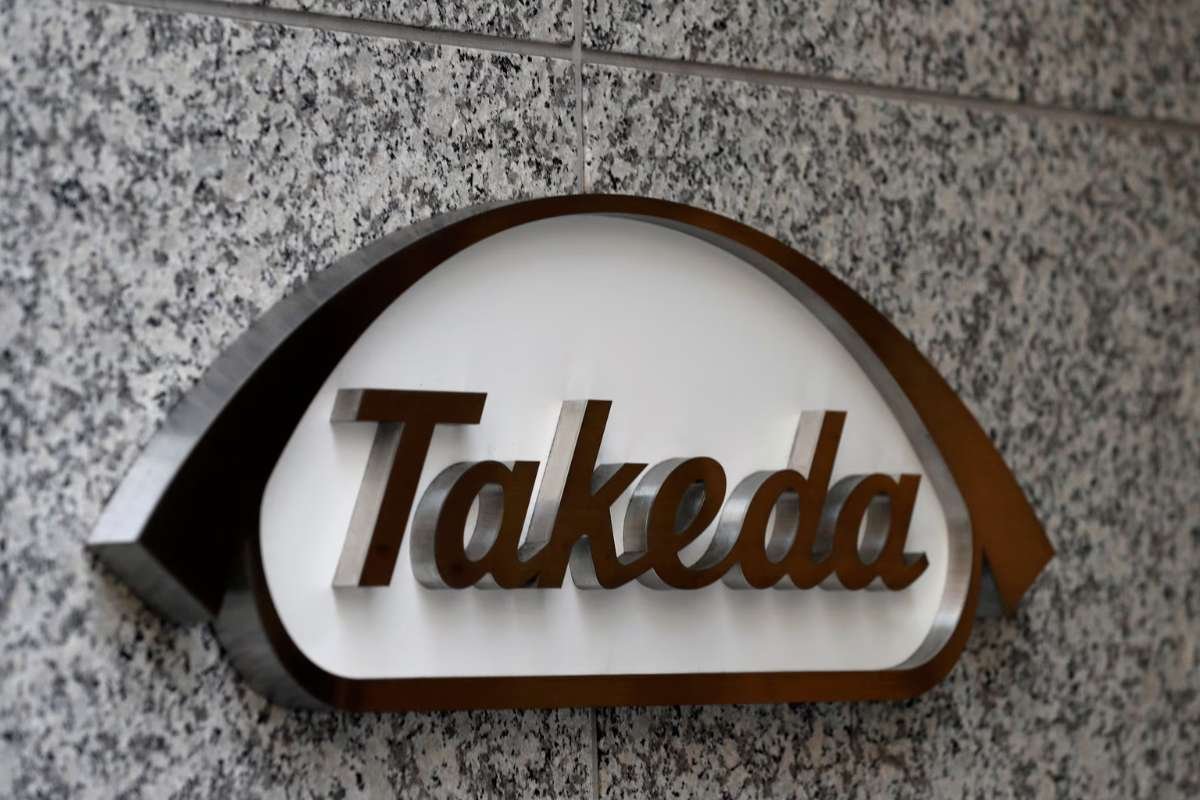Tension headaches, also known as muscle contraction headaches, are among the most common headache forms that people encounter globally. Even though they’re sometimes written off as a normal aspect of stress, severe headaches can seriously lower the quality of life. The complex dynamics of muscle contraction headaches are examined in this article, along with their traits, causes, possible triggers, and practical management techniques.
Unraveling the Characteristics of Muscle Contraction Headaches:
In the intricate landscape of headaches, it emerge as a prevalent and often misunderstood phenomenon. These headaches, also known as tension headaches, present unique characteristics that set them apart from other types of head pain. Delving into the distinct features of muscle contraction headaches provides a valuable perspective, shedding light on the nature of the discomfort experienced by individuals.
From the duration of these headaches to their frequency and the encompassing sensations, this exploration aims to unravel the intricacies that define muscle contraction headaches and contribute to a comprehensive understanding of this prevalent condition.
1. Definition and Prevalence
Muscle contraction headaches are a type of primary headache characterized by a constant, band-like pressure or tightness around the head. They are prevalent, affecting people of all ages, and are often associated with stress and tension.
2. Duration and Frequency
These headaches typically last from 30 minutes to several hours, but in chronic cases, they can persist for days. The frequency varies, with some individuals experiencing episodic tension headaches, while others grapple with chronic and persistent forms.
Causes and Triggers:

The genesis of muscle contraction headaches is a complex interplay of physiological and psychological factors. Understanding the causes and triggers of these headaches is pivotal in developing effective management strategies. From muscular tension to the influence of stress and posture, various elements contribute to the onset of muscle contraction headaches.
Exploring this realm provides valuable insights into the multifaceted origins of these headaches, empowering individuals to identify potential triggers and take proactive measures for prevention and relief. This section unravels the intricate web of factors that contribute to the genesis of muscle contraction headaches, offering a nuanced perspective on their causation.
1. Muscular Tension
The primary trigger for muscle contraction headaches is muscular tension in the head, neck, and shoulder region. Prolonged contraction of these muscles contributes to the characteristic tightness associated with these headaches.
2. Stress and Anxiety
Psychological factors, particularly stress and anxiety, play a significant role in the onset of muscle contraction headaches. Increased stress levels often correlate with heightened muscle tension, exacerbating the headache symptoms.
Also Read: Anxiety: 8 Tips For Managing Stress and Anxiety
3. Posture and Ergonomics
Poor posture, especially during long periods of sitting or working at a computer, can contribute to muscle tension and develop tension headaches. Ergonomic factors and repetitive strain on muscles may also play a role.
Symptoms and Diagnosis:
1. Pain Description
The pain associated with muscle contraction headaches is often described as a steady, dull ache that affects both sides of the head. It is not typically accompanied by throbbing sensations, a characteristic feature of migraines.
2. Physical Examination
Diagnosing muscle contraction headaches involves a thorough physical examination, where healthcare professionals assess the patient’s medical history, symptoms, and potential triggers. Imaging studies are not typically required for diagnosis.
Management and Treatment Strategies:

1. Lifestyle Modifications
Addressing lifestyle factors is key in managing muscle contraction headaches. This includes adopting stress-reducing practices, maintaining good posture, and incorporating regular physical activity into one’s routine.
2. Stress Management Techniques
Stress reduction plays a pivotal role in preventing and managing muscle contraction headaches. Techniques such as deep breathing exercises, meditation, and progressive muscle relaxation can help alleviate tension and reduce headache frequency.
3. Medications
Over-the-counter pain relievers, such as acetaminophen or ibuprofen, may be recommended for managing acute episodes of muscle contraction headaches. In chronic cases, prescription medications targeting muscle relaxation or stress reduction may be prescribed.
Differentiating Muscle Contraction Headaches from Other Headache Types:
1. Migraines
Distinguishing muscle contraction headaches from migraines is essential for appropriate management. Migraines often present with throbbing pain, nausea, and sensitivity to light and sound, whereas muscle contraction headaches are characterized by a steady, non-pulsating ache.
2. Cluster Headaches
Cluster headaches, another type of primary headache, have distinct features such as severe, stabbing pain around one eye, along with nasal congestion and tearing. These differ significantly from the characteristics of muscle contraction headaches.
Prevention Strategies:
1. Ergonomic Adjustments
Maintaining proper ergonomics, especially during sedentary activities, can prevent the development of muscle contraction headaches. This includes setting up a workspace that promotes good posture and taking regular breaks to stretch and move.
2. Regular Exercise
Incorporating regular physical activity into one’s routine can help alleviate muscle tension and reduce the frequency of tension headaches. Exercise promotes overall well-being and stress reduction.
3. Hydration and Nutrition
Staying well-hydrated and maintaining a balanced diet contribute to overall health and may have positive effects on headache prevention. Dehydration and certain dietary factors can sometimes trigger tension headaches.
Seeking Professional Guidance:

1. Consultation with Healthcare Professionals
Individuals experiencing frequent or severe muscle contraction headaches should seek consultation with healthcare professionals. A comprehensive evaluation can help determine the underlying causes and guide appropriate management strategies.
2. Psychological Support
In cases where stress and anxiety contribute significantly to muscle contraction headaches, psychological support, such as counseling or cognitive-behavioral therapy, may be beneficial in addressing the root causes.
Conclusion
Despite being widespread, muscle contraction headaches are more than just minor annoyances. Their influence on day-to-day functioning and overall health emphasizes how critical it is to comprehend their causes, signs, and practical treatments. Through implementing lifestyle adjustments, stress reduction strategies, and obtaining expert assistance when necessary, people can effectively manage the difficulties presented by muscle contraction headaches and strive towards a life with reduced disruptions and enhanced general well-being.







